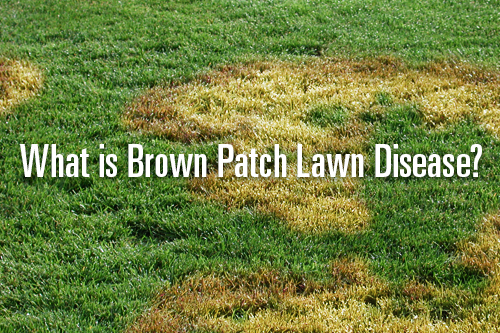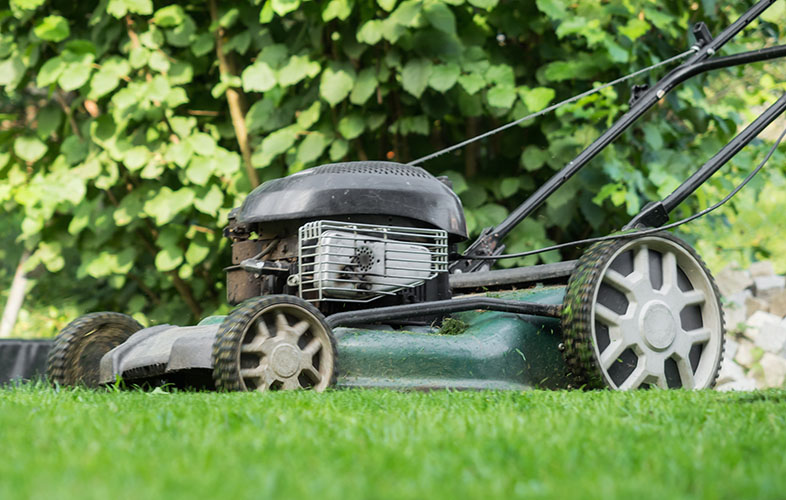Brown Patch lawn disease is a common and widespread fungus that, like Dollar Spot, can infect a variety of common turfgrasses and cause brown patches on your lawn. Brown Patch thrives when hot weather and high humidity settle in during the summer months. Uncommon in arid regions such as Southern California and the Mountain States, Brown Patch is a problem for yard-lovers in every other part of the U.S.



 Branch Finder
Branch Finder














Facebook
X
Youtube
Copy Link
Email